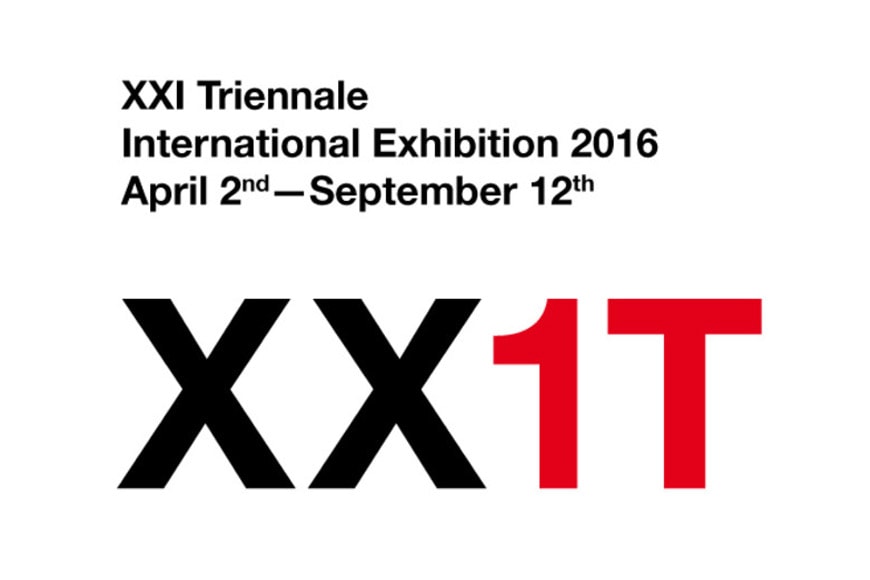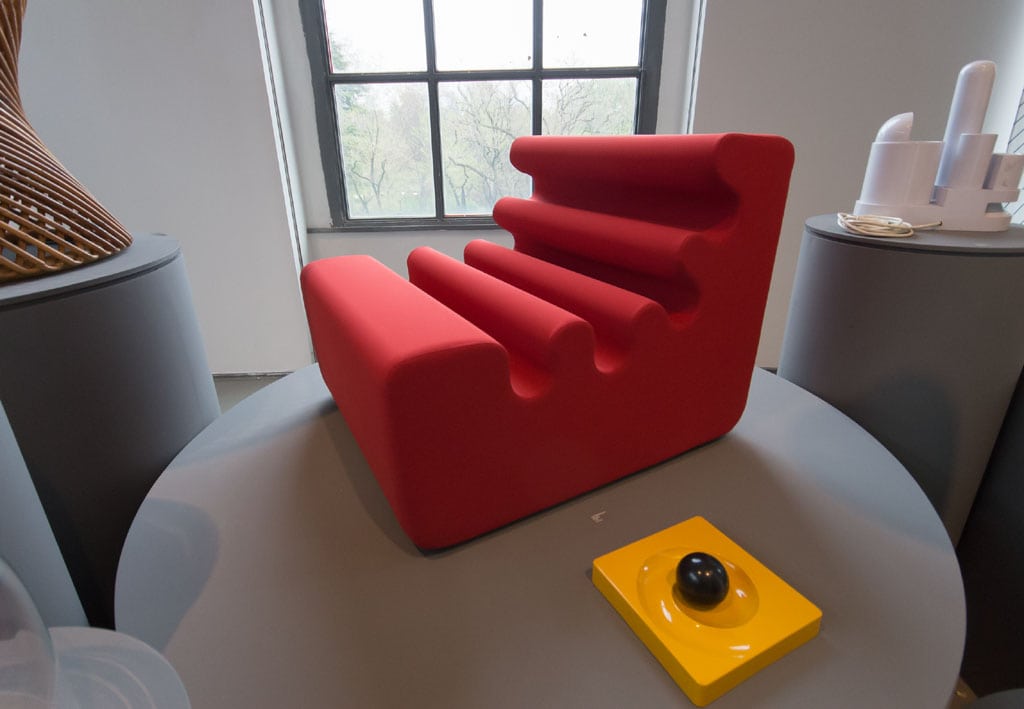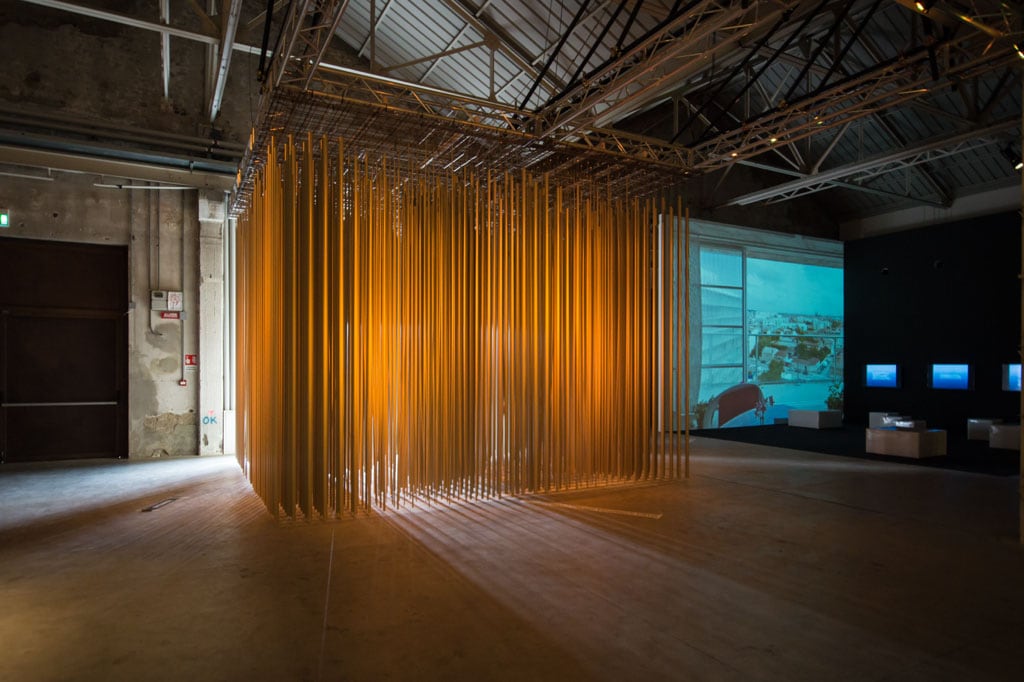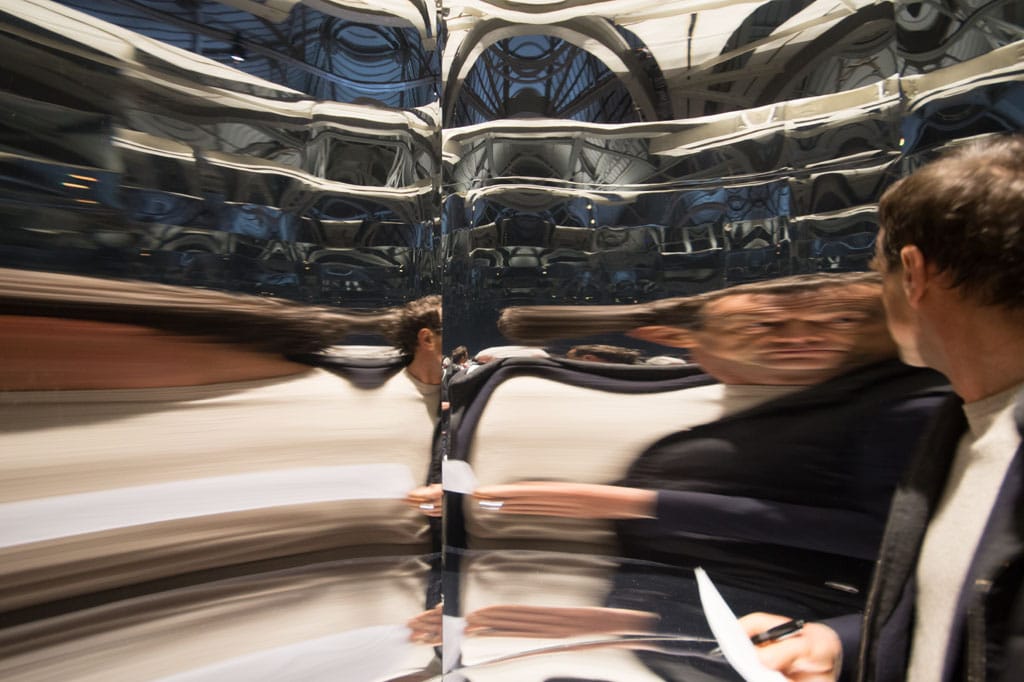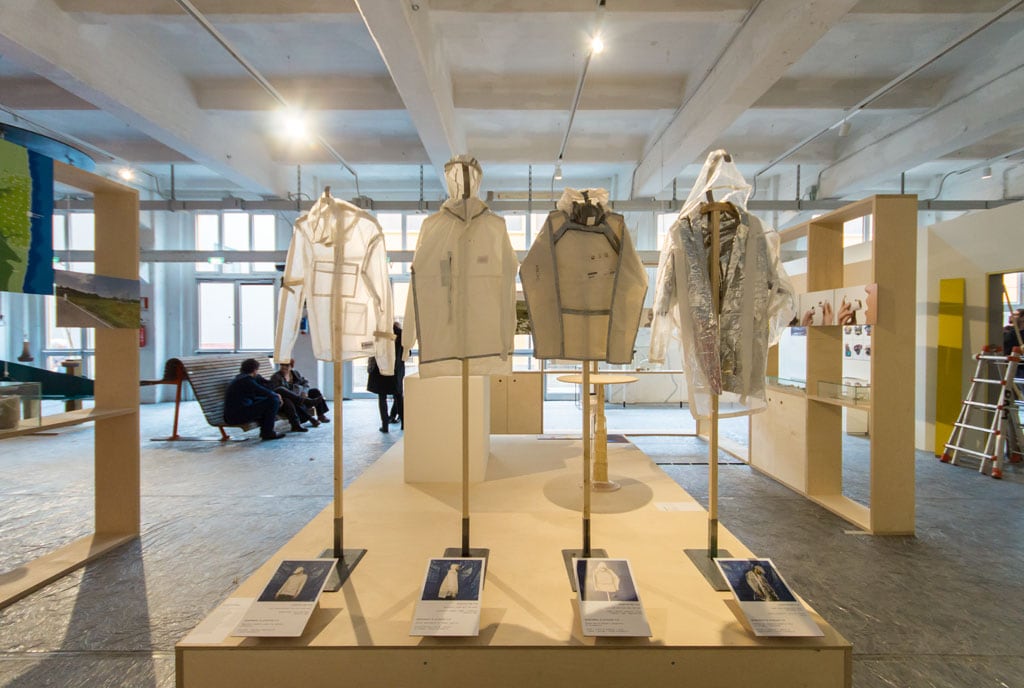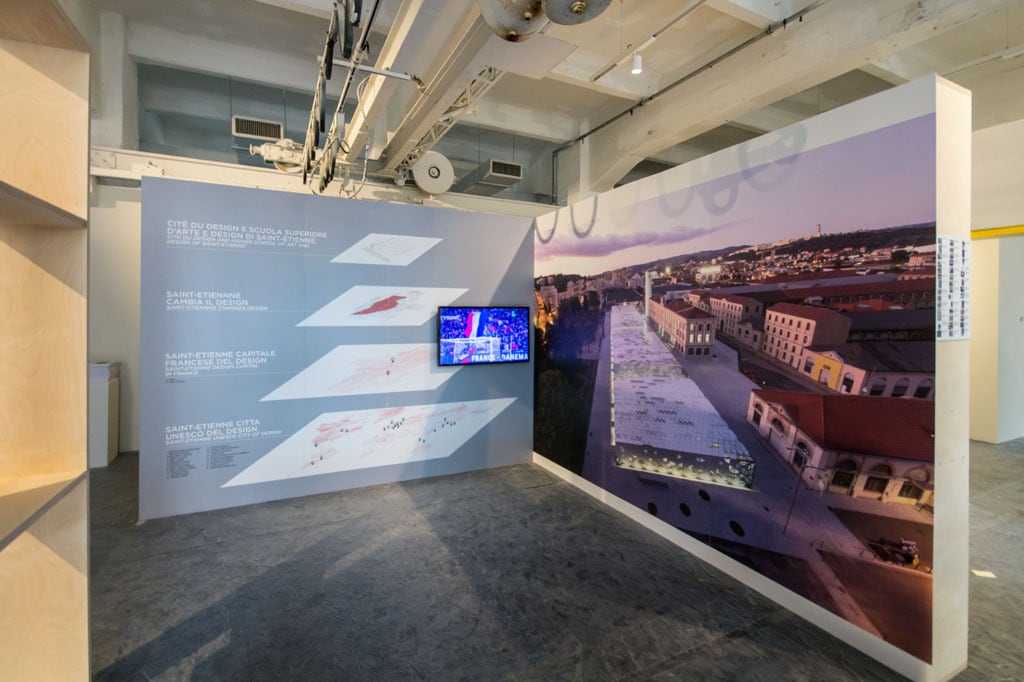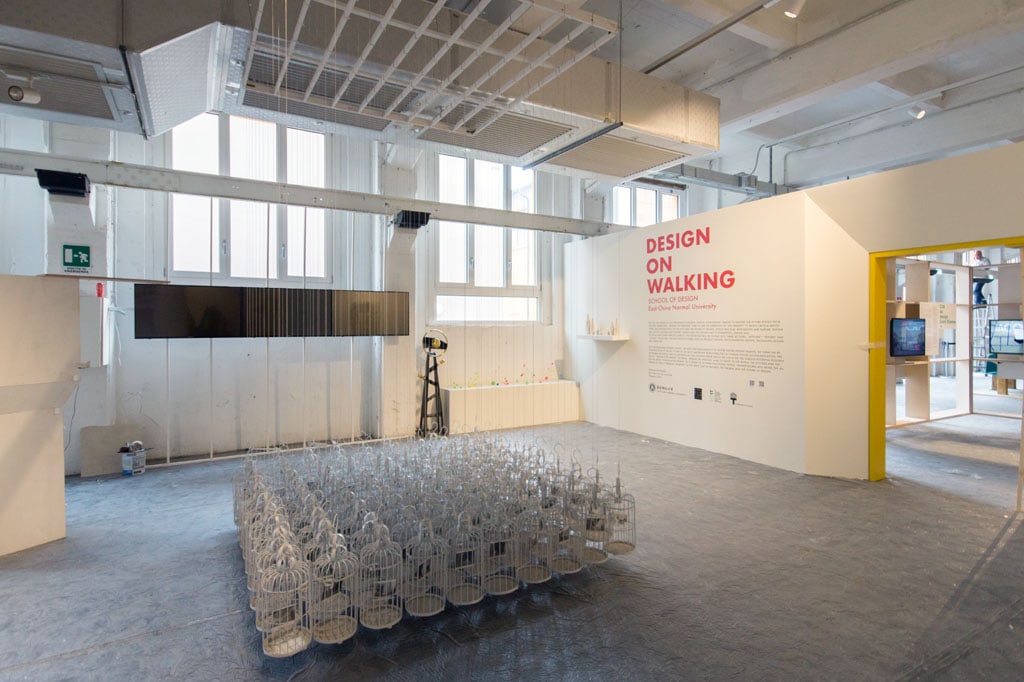21st Triennale of Milan, 2016 | Design After Design
21st Milan Triennale Exhibition “Design after design”
From April 2 to September 12, 2016, the Palazzo dell’Arte, home of the Triennale of Milan, is the main venue of the 21st edition of the International triennial exhibition (XX1T), entitled 21st Century. Design after design.
What’s the sense of being a “designer” in the New Millenium?
This is the big question the 2016 edition of the Triennale is based upon. The exhibition, following a multidisciplinary approach, will combine various cultural fields – industrial design, architecture, art, technology, anthropology, and entertainment.
Venues
For the first time, the exhibition, along with its traditional locations at Palazzo dell’Arte and Parco Sempione, includes venues across the whole city of Milan, such as the Fabbrica del Vapore, the Pirelli Hangar Bicocca, the campuses of Politecnico and IULM, the MUDEC Museum of Cultures, The Palazzo della Permanente, the Nation Museum of Science and Technology, the Brera Academy, and the Diocesan museum. Outside the city, the Triennale includes satellite exhibitions at the former site of EXPO 2015 and at the Royal Villa of Monza where the early editions of the Triennale in 1923, 1925, 1927, and 1930 were hosted. (you can read here the history of the International Triennial Exhibitions)
Palazzo dell’Arte, home of the Triennale, photo © Inexhibit, 2015
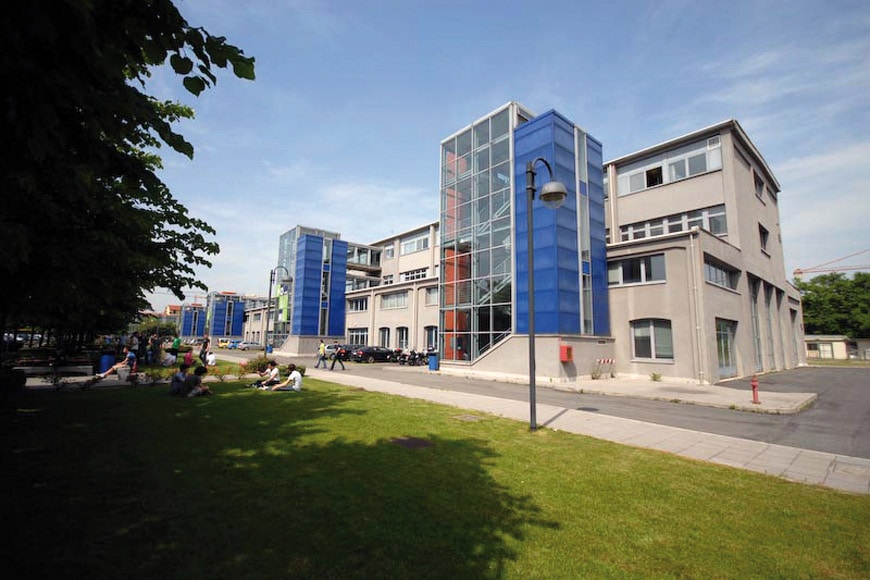
The campus of the Politecnico University Bovisa, image courtesy of Triennale di Milano
The Iulm campus, image courtesy of Iulm University of Milan
Themes
The main themes of the 21st International Exhibition take the cue from the big issues which marked the early period of the New Millenium and which became evident on the occasion of the global financial crisis of 2008.
Such issues included the end of the condition in which design was carried out in the Western countries and production in the Asian ones; the advent of a worldwide unified market and the need to develop new approaches in such an extremely competitive scenario; the removal of the traditional boundaries between design, architecture, communication, and visual arts; the rise of a new Internet-based virtual marketplace; and so on. All these conditions create a new context in which the role of designers must be radically re-defined.
The idea is that the designers’ working fields must go beyond the production of merchandise and the traditional relationship between designer and industry which was usual in the 20th century and that the designer’s roles should open to new contexts which include problems and opportunities related to subjects such as urban transformations, urban mobility, new social behaviors, visual arts, philosophy, sustainability, and science.
Posters of the XX1T designed by Giorgio Camuffo
Organization
Participants in the 21st Exhibition include National participations, cities in Italy and abroad, regions, universities and schools, young professionals, and companies.
The program of events comprises exhibitions, seminars, conferences, live performances, educational programs, workshops, and Summer courses.
The XX1T scientific committee is composed of Claudio De Albertis, President of the Triennale di Milano; Vicente Gonzalez Loscertales, Secretary-General of the Bureau International des Expositions; Arturo Dell’Acqua Bellavitis, President of the Fondazione Museo del Design; Silvana Annicchiarico, Director of the Triennale Design Museum; Andrea Cancellato, Director-General of the Triennale di Milano; Andrea Branzi; Luisa Collina; Elizabeth Diller and Ricardo Scofidio; Kenya Hara; Stefano Micelli; Pierluigi Nicolin; Richard Sennett; and Cino Zucchi.
Program of exhibitions and events of the 21st Milan Triennial Exhibition “Design after Design”
From April 2 through September 21, 2016
EXHIBITIONS AT PALAZZO DELL’ARTE – home of the Triennale di Milano
W. Women in Italian Design is the title of the 9th yearly edition of the Triennale Design Museum. The exhibition, curated by Silvana Annichiarico, investigates Italian design by the key of gender, intended not in a biological sense but as a cultural factor. The exhibition is not aimed to be a “reparation” to those women – not only designers but also curators, gallery managers, journalists, and educators – who, during the 20th and early-21st centuries, developed products, theoretical studies, and design approaches, but it rather originates from the urgency to re-balance the history of Italian design, which too often marginalized the contribution of women – largely ignored by design critics and theorists.
W. Women in Italian Design curated by Silvana Annicchiarico, installation views. Exhibition entrance, introductory room, general view of the exhibition, Karelia chair by Liisi Beckmann. Photos © Inexhibit 2016
Neo-Prehistory – 100 verbs, curated by Andrea Branzi and Kenya Hara, is a dazzling voyage through the history of humanity depicted by artifacts, from prehistoric tools to nanotechnology. Store, travel, protect, write, kill, annihilate, fly, miniaturize… this overwhelming exhibition spans thousands of years of human civilization by showing tools, utensils, arms, vehicles, and devotional objects – each representative of one of the one hundred verbs which constitute its conceptual backbone.
Andrea Branzi before the entrance of Neo-Prehistory. 100 verbs at the Milan Triennale and an installation view of the exhibition, photos © Inexhibit 2016
The Multi-ethnic Metropolis, curated by Andrea Branzi, is a journey into the multi-ethnic contemporary society, suspended between the need to preserve cultural identities and the aggressive influence of globalization.
Stanze. Un’altra filosofia dell’abitare (Rooms. A different philosophy of living), curated by Beppe Finessi, focuses on interior design as a metaphor for today’s manifold way of life. After the introductory room, which presents fifty interiors designed by celebrated architects from the 1920s to the present, the exhibition showcases eleven rooms, each conceived by a contemporary interior designer.
Rooms. A different philosophy of living, installation views, photos © Inexhibit 2016
Brilliant! The Future of Italian Jewelry, curated by Alba Cappellieri, features over 50 Italian jewels created by renowned masters, young designers, and jewelry brands.
OTHER EXHIBITIONS IN MILAN
At the Pirelli Hangar Bicocca, the exhibition Architecture as Art, curated by Pierluigi Nicolin, is focused on the hybridization and overlapping of various creative fields made by architects, designers, artists, and landscape designers. In the Black Room space of the cultural center, fifteen special-commissioned installations are on view to depict some of the most relevant themes of contemporary architecture. Among the architects involved in the project: Studio ALBORI, Atelier BOW-WOW, Rural Studio, studio Mazzanti, e Lacaton & Vassal, and Michel Desvigne Paysagiste.
Architecture as Art at HangarBicocca, installation views. Top: installation by Maria Giuseppina Grasso Cannizzo; middle: the installation conceived by Rural Studio – Auburn University; bottom: interior view of the cylindrical mirror designed by João Luís Carrilho da Graça, photos © Inexhibit 2016
Taking place at the MUDEC Museum of Cultures, the extraordinary exhibition Sempering, curated by Cino Zucchi, focuses on matter, technology, and form. The concept is based on the four categories coined 150 years ago by Gottfried Semper in an essay dedicated to the basic elements of an ideal house used as an archetype of architecture beyond place and time. In Sempering the categories have been increased to eight: stacking, weaving, folding, connecting, molding, blowing, engraving, and tiling, and constitute a grid through which to interpret contemporary architecture and design.
Three views of the exhibition Sempering, curated by Cino Zucchi, are on view at MUDEC. Photo © Inexhibit 2016
At the Fabbrica del Vapore, the exhibition New Craft showcases the encounter of technology and manufacturing. In the words of the curator Stefano Micelli, “Today’s technological revolution is transforming how objects are produced and consumed, inevitably changing the way they are designed as well. Digital manufacturing provides the chance to outstrip traditional limitations in the production process prefiguring a world free from mass production…” Along with creations by “under 35” designers, selected by the Triennale after an open call, New Craft showcases a selection of objects produced by manufacturing companies and focuses on how the digital revolution has changed the way objects are conceived and produced.
Other venues/exhibitions/events
Palazzo della Permanente | la logica dell’approssimazione, nell’arte e nella vita
IULM | Game video/Art. A survey
Museo Diocesano | Design behind Design
Museo Nazionale della scienza e della tecnologia Leonardo da Vinci | Confluence
Politecnico di Milano | Campus e Controcampus
Triennale expo gate | Archideversity.it
Università degli studi di Milano | Casetta del viandante
Villa Reale di Monza | la bellezza quotidiana ; Il design prima del design
On the occasion of Design after Design the former site of EXPO Milan 2015 re-opens from May 1st through October 31st with the venue City after City and a program of exhibitions: Landscape Urbanism, Urban Orchard, Expanded Housing People in Motion, and Street art.
Interior view of BASE in Tortona Street. Adjacent to the MUDEC, the former Ansaldo industrial building accommodates various national participations to XX1T, Photo © Inexhibit 2016
National participations
Many countries participate in the 21st International Exhibition “Design after Design”.
Here you can find a list of the various countries, companies and venues
Afghanistan; Albania; Algeria at Museo Nazionale della scienza e della Tecnica Leonardo da Vinci
Bosnia and Herzegovina at Palazzo della Permanente
Canada at Fabbrica del Vapore
People’s Republic of China + Italy at Triennale di Milano
People’s Republic of China at BASE in via Tortona and at Fabbrica del Vapore
Cyprus at Fabbrica del Vapore
South Korea at Triennale di Milano
Croatia at Museo Nazionale della scienza e della Tecnica Leonardo da Vinci
France at BASE in via Tortona
Germany at Museo Nazionale della scienza e della Tecnica Leonardo da Vinci and at Base
Germany + Italy at Base
Japan at Triennale di Milano and at Palazzo della Permanente
Greece at Museo Nazionale della scienza e della Tecnica Leonardo da Vinci
Haiti at Museo Diocesano
India at Museo Diocesano
Iran at Palazzo della Permanente
Israel at BASE
Caimi Brevetti / Italy at Museo Nazionale della scienza e della Tecnica Leonardo da Vinci
Cooperativa ceramica d’Imola / Italy at Palazzo della Permanente
Lebanon at Museo Nazionale della scienza e della Tecnica Leonardo da Vinci e alla Fabbrica del Vapore
Liberia at Museo Diocesano
Lithuania at Museo Nazionale della scienza e della Tecnica Leonardo da Vinci
Mexico at Palazzo della Permanente
Myanmar at Museo Nazionale della scienza e della Tecnica Leonardo da Vinci
Polonia al Palazzo dell Permanente
Portugal at Museo Nazionale della scienza e della Tecnica Leonardo da Vinci
United Kingdom at BASE and at Triennale di Milano
Russia at Fabbrica del Vapore
Singapore and Asia at Triennale di Milano
South Sudan at Museo Diocesano
Switzerland at Museo Nazionale della scienza e della Tecnica Leonardo da Vinci and at Triennale di Milano.
Tunisia+Italy+Spain+Portugal at Fabbrica del Vapore
Two views of the exhibition “Saint Etienne changes design”, the participation of France at XX1T, on view at BASE in Tortona Street. The French city, home of the Cité du Design, will host the “Biennale Internationale Design 2017”, Photos © Inexhibit 2016
A view of “Design on walking”, one of the exhibitions of the People’s Republic of China, on view at BASE, Photo © Inexhibit 2016
21st Triennale International Exhibition Milan – map of venues (click to download hi-res version)

Opened in 2007 in the Palazzo dell’Arte, the Triennale Design Museum in Milan is the most important museum in Italy exclusively focused on Industrial Design

The MUDEC – Museo delle Culture is an ethnographic museum in Milan; designed by British architect David Chipperfield, the museum opened on March 25, 2015

The HangarBicocca in Milan is an exhibition space for contemporary art housed in a disused Ansaldo-Breda warehouse in the former Bicocca industrial district

Fabbrica del Vapore is an exhibition center and creative hub in Milan which includes workshops for artists, cafes, a theater and a popular exhibition space
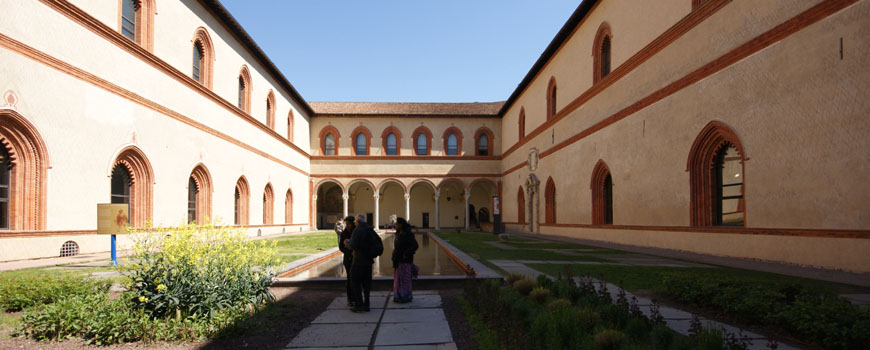
Milan
copyright Inexhibit 2025 - ISSN: 2283-5474

